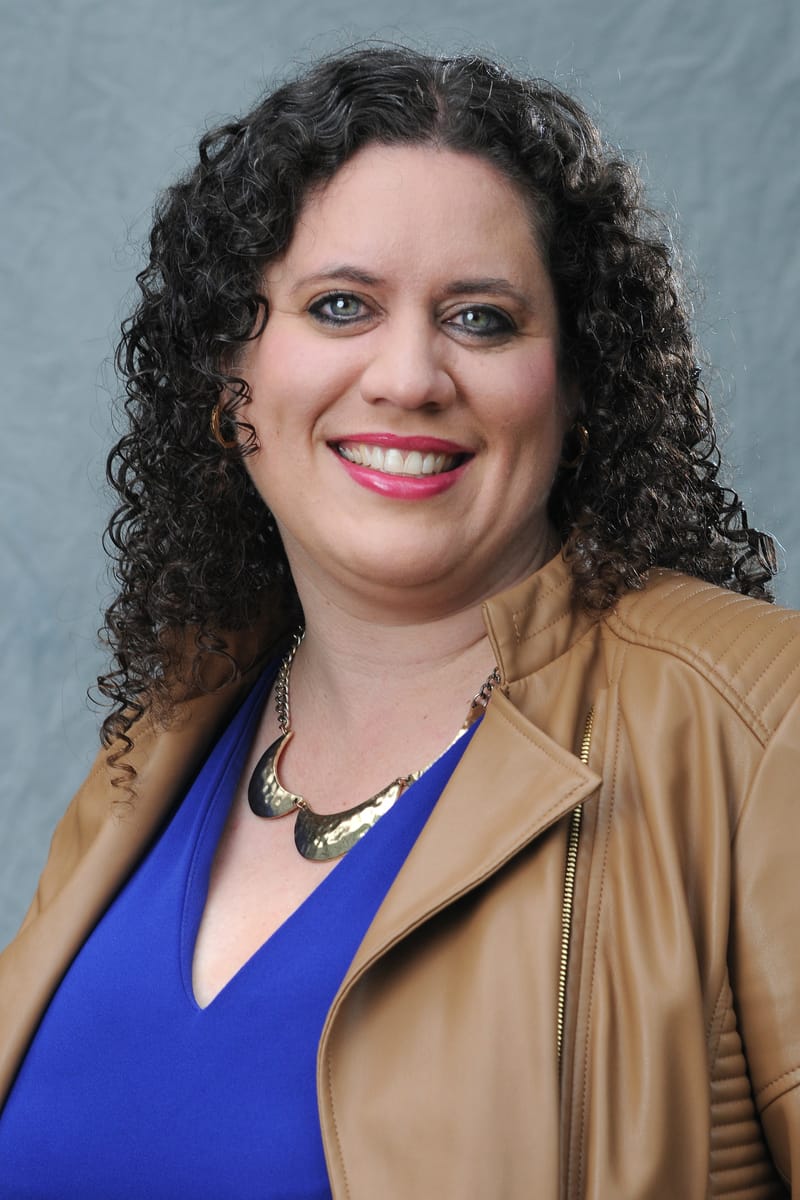One of every eight students in New York City is homeless

The number of homeless students has gone up 23% in New York City. Photo by note thanun on Unsplash
What you probably already know: One in eight New York City students did not have permanent housing during the last school year, according to a report out Monday from the Advocates for Children of New York and NY Department of Education. That’s compared to one in 30 children nationally. The staggering statistic —146,000 homeless kids in NYC — is a 23% increase over the previous year, and it’s drawing attention on the high number of migrants who have moved to New York in the last few years. That’s likely to make the situation political, though child advocates told the New York Times that the migrant factor is just one of several issues, including the high cost of housing and how few apartments are currently available in the city.
Why? More than 210,000 migrants have moved to New York City since 2022, which officials have said is straining resources. New York has a legal obligation to provide shelter to anyone who asks, which has forced the city to book thousands of rooms in hundreds of hotels and office buildings and cost the city about $10 billion. New York’s homeless population, meanwhile, has hit an all-time high. Homelessness affects children of color at significantly higher rates, and in New York, 94% of students living in shelters identify as Black or Hispanic.
What it means: When children are homeless, their health and educational outcomes are, of course, worse than kids with stable homes. They’re more likely to miss school or go to school hungry, making it harder to keep up with school work. New York is hardly the only place with these issues. One in every 20 children in California don’t have homes and in Los Angeles County, one-third of all people experiencing homelessness are children. In Seattle, about 8% of the student population is homeless.
What happens now? Homelessness is increasing in some places, while it’s dropping in others. In Atlanta, homelessness is down 17% in the last three years, while in Fort Worth, it’s up 31%. In some places, it’s increasing at dramatic rates, including Long Beach, California, where the number of people living without shelter was up 69% over the last three years, the largest increase in the country. Access to affordable housing, child care and education are critical to shifting this dynamic, but ensuring schools have the funding necessary to help homeless students who often require additional support is also an important factor.

